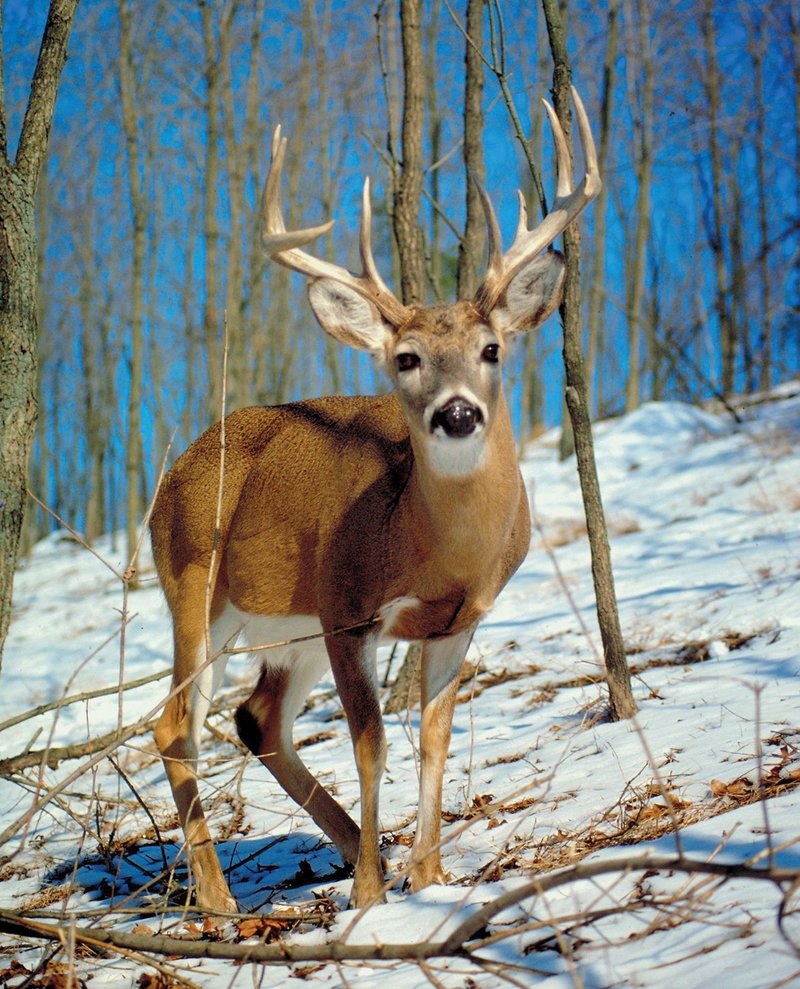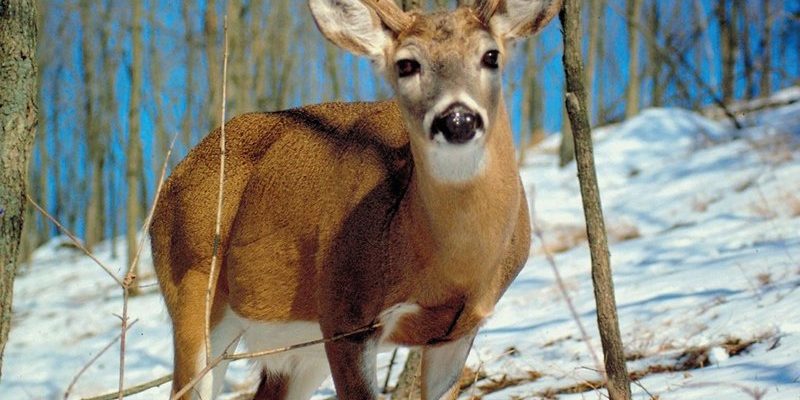
In many ways, the white-tailed deer represents a bridge between humanity and nature. These animals embody traits like grace, agility, and a sense of peace, making them perfect symbols for different cultures. Additionally, their presence in folklore often signifies important themes, like renewal and connection with the earth. Let’s explore how the white-tailed deer has woven itself into the fabric of our culture and stories, highlighting its significance and the lessons we can learn from them.
Symbolism of the White-Tailed Deer
When we think about the white-tailed deer, it’s hard not to associate them with purity and grace. One reason for this is their striking appearance: the white tail raised in alertness creates a beautiful contrast against their brown coats. In various cultures, the color white often symbolizes clarity and innocence. This makes the deer a fitting emblem in many spiritual traditions.
In Native American culture, the white-tailed deer plays a significant role. They are often seen as messengers or guides. Different tribes have specific stories about deer guiding lost travelers or representing the spirit of the land. For example, in some traditions, encountering a deer is believed to bring good luck or a sign that you are following the right path in life. These stories help us appreciate the deep connection between humans and nature.
But it’s not just Native American folklore where we find the white-tailed deer. In European folklore, deer are often depicted as mystical beings associated with the forest. They represent fertility, renewal, and even magic. This portrayal can be seen in various fairy tales, where deer help guide protagonists on their journeys. By embodying these characteristics, white-tailed deer reinforce the idea that nature itself can be a source of wisdom and guidance.
White-Tailed Deer in Literature
Literature has long embraced the symbolism of the white-tailed deer. Whether as a central character or a subtle symbol, these animals often appear in stories to convey deeper meanings. Take, for instance, the classic works of American authors like John Steinbeck and William Faulkner. They sometimes used deer to symbolize freedom and the struggle for survival.
In children’s literature, deer frequently serve as friendly guides or wise characters, teaching essential life lessons. Think of “Bambi” by Felix Salten, where the deer characterizes the beauty and fragility of life. Stories like this teach young readers about empathy, love, and the interconnectedness of nature. It’s fascinating how a simple creature like the white-tailed deer can spark such profound lessons.
You might also encounter the white-tailed deer in poetry, where they symbolize peace and harmony with nature. Poets often use them to evoke strong imagery of quiet forests and serene landscapes. This helps readers appreciate the beauty and tranquility that these animals bring to our world.
Folklore and Myths Involving White-Tailed Deer
Folklore is rich with tales that feature white-tailed deer, and many myths attribute unique powers to them. For instance, in some Native American stories, the deer is believed to possess healing properties. This idea can also be found in other global legends. Deer are often depicted as protectors of the forest, nurturing the plants and animals around them.
Some cultures have created legends where white-tailed deer guide lost souls or help humans understand their purpose. These myths emphasize the importance of respecting nature and the interconnectedness of life. They often serve as reminders that there’s a balance in the world, and the deer play a vital role in maintaining that balance.
Interestingly, the concept of the deer as a protector extends to environmental movements today. Many people look to these animals as symbols of conservation efforts. The stories we tell about white-tailed deer encourage us to appreciate wildlife and work towards preserving their habitats, promoting a sustainable future for all living beings.
The White-Tailed Deer in Art and Music
Art and music are other ways the white-tailed deer has left its mark on culture. Artists throughout history have celebrated the beauty of these animals. From paintings to sculptures, deer often symbolize nature’s elegance. Their portrayal in art invites viewers to reflect on the harmony between humans and wildlife.
In music, deer frequently appear in folk songs and modern compositions. They’re often associated with themes of the wilderness and a longing for simpler times. This connection reflects a common desire to reconnect with nature in our fast-paced lives. When a singer strums their guitar and sings about a white-tailed deer in the moonlight, it conjures images of calm and serenity.
You might find that the presence of deer in art evokes a sense of nostalgia. For many, these creatures remind us of childhood adventures in the woods or peaceful moments in nature. This ability to stir emotion is what helps keep the stories of the white-tailed deer alive across generations.
Conservation and the Future of the White-Tailed Deer
Today, the white-tailed deer faces challenges, much like other wildlife in our rapidly changing world. Habitat loss, hunting, and climate change all threaten their populations. Conservation efforts are crucial to ensuring that these beautiful animals remain part of our cultural and ecological landscape.
Many organizations work tirelessly to protect deer habitats and promote responsible wildlife management. These efforts not only help the deer but also benefit the entire ecosystem. By maintaining healthy deer populations, we support the balance of nature, which ultimately benefits us all.
As members of society, we can also play a role in conservation. Whether it’s through participating in local wildlife initiatives or simply respecting deer habitats while enjoying the outdoors, every small action counts. Let’s embrace the lessons we’ve learned from the white-tailed deer and continue to honor their place in our culture and folklore.
In conclusion, the white-tailed deer represents much more than just a beautiful creature roaming our forests. Through symbolism, literature, folklore, and art, these animals have woven themselves into our cultural fabric. By understanding their significance and advocating for their protection, we can ensure that future generations will continue to be inspired by their grace and wonder. So, the next time you see a deer, take a moment to appreciate the rich stories and meanings it carries with it—connecting us all to the natural world.

